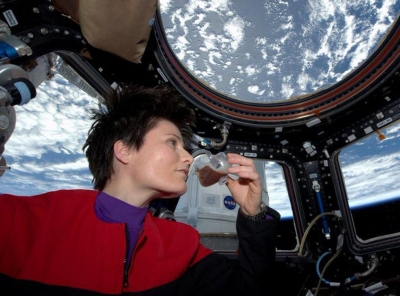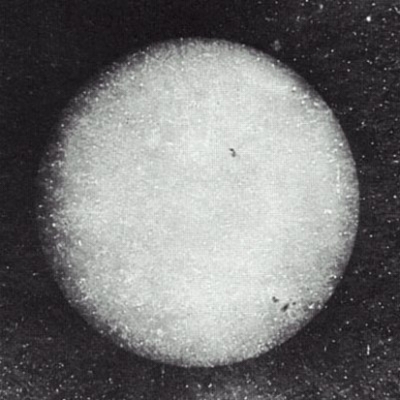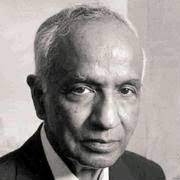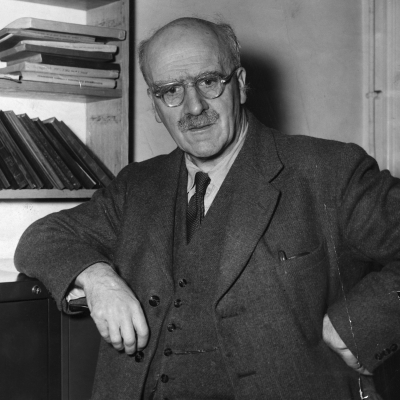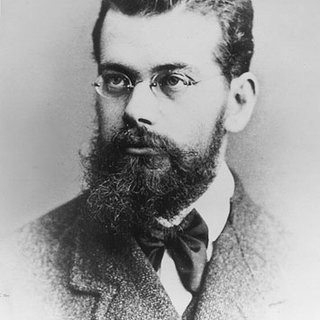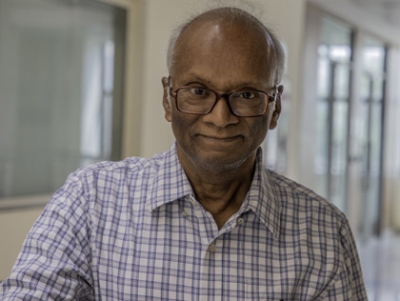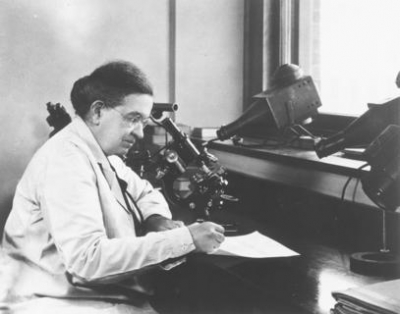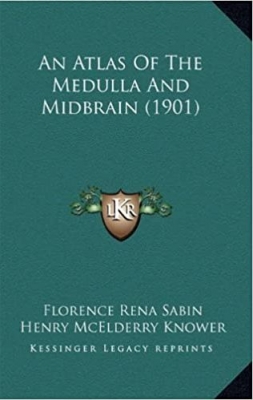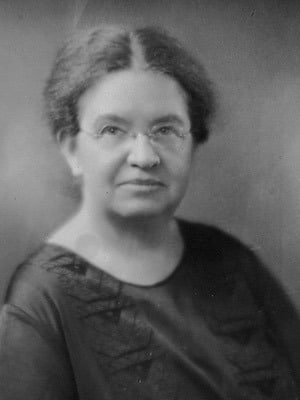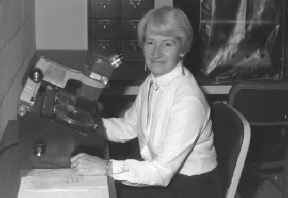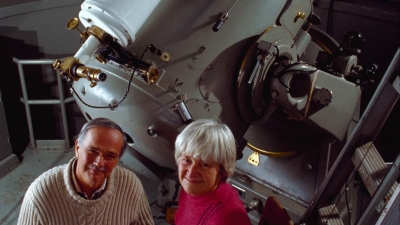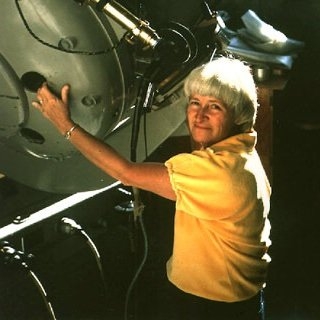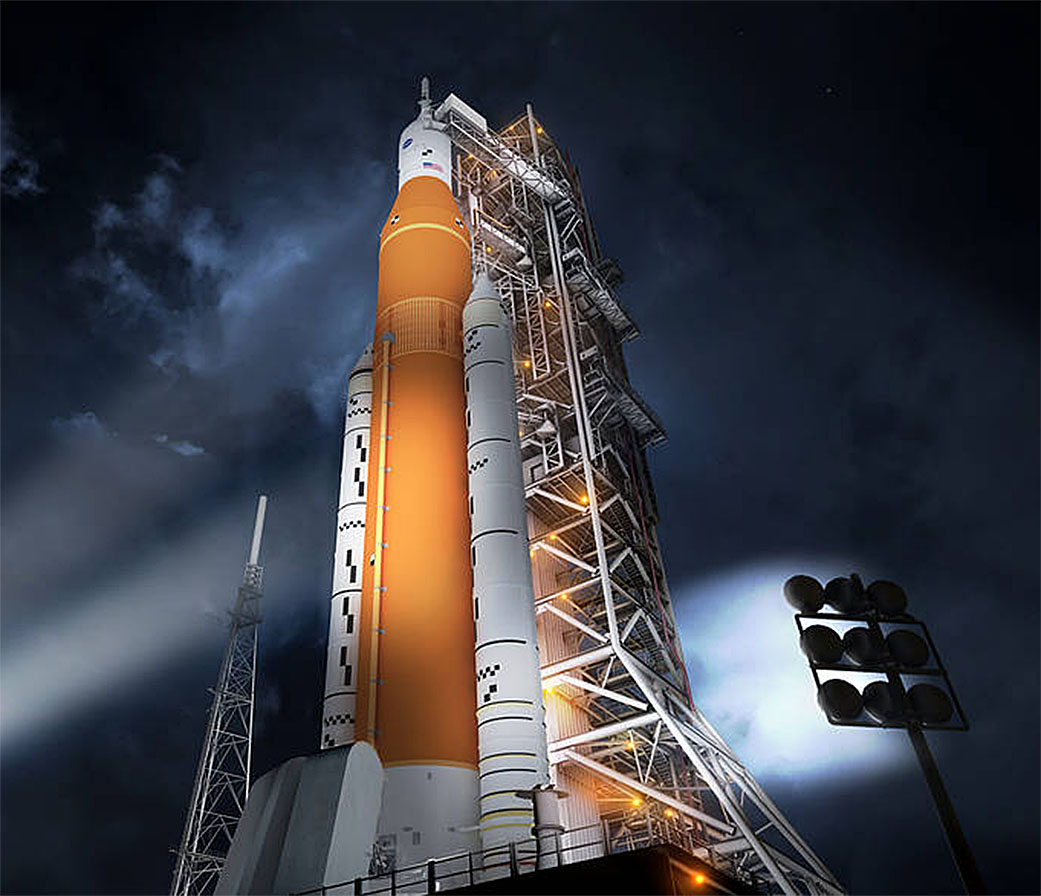
The U.S. space agency NASA will set its Moon mission rolling in April. The Artemis Mission is intended to land humans on the lunar surface once again. NASA's Apollo 11 mission landed the first humans on the moon on July 20, 1969. Almost five decades later, the American space agency will land the first woman and first person of colour on the Moon with its Artemis Mission in 2025. The mission has a long way to go before it sees the light of day. A series of tests will be carried out before the actual crewed mission. The first stage-Artemis I - will be the first integrated flight test of NASA's Deep Space Exploration Systems: the Orion spacecraft, Space Launch System (SLS) rocket, with the newly upgraded Exploration Ground Systems at Kennedy Space Center in Cape Canaveral, Florida. In preparation, NASA conducted a dry run on March 17, when the mega rocket was rolled out to the launchpad. fuelled and run through a launch countdown, stopping just 10 seconds before lift-off. What are the other stages before the final countdown and what does NASA intend to study through the Artemis Mission? Let's find out in this Five Ws & One H...
WHAT is the Artemis Mission all about?
The Artemis Mission will explore the Moon's south pole, where ice has been confirmed to exist within craters, and where no human has ever been before. The objectives are to demonstrate new technologies needed for future exploration including Mars; to study the Moon to learn more about the origin and history of the Earth, the loon, and the Solar System; to find and use water and other critical resources needed for long-term exploration; and to learn how to live and operate on the surface of another celestial body.
WHAT are Artemis I and II?
Prior to the lunar surface landing, NASA will fly two missions around the Moon-Artemis I, an uncrewed flight to test the SLS and Orion spacecraft together, followed by the Artemis II mission, the first SLS and Orion flight test with crew. Artemis I, which is expected to launch in April first week, will travel over 450,616 km from Earth on a four to six-week mission. It will be the furthest that a spacecraft built for humans has ever gone. After the spacecraft completes its loop around the Moon, Orion will attempt to land safely off the coast of Baja California, Mexico.
Artemis II, scheduled to launch in 2024, is a 10-day mission that will carry four astronauts roughly 370,000 km from Earth where they will orbit the Moon. They will travel 6,700 km beyond the far side of the moon, becoming the first humans to travel that far in space.
The actual mission will see the first human to land on the Moon since Apollo 17 in 1972.
HOW will the mission pan out?
The basic outline for the Moon landing is- astronauts would take off aboard the Orion spacecraft, on the rocket - the Space Launch System - and fly to a lunar space station called the Gateway. Then, they would board a lunar descent craft built by SpaceX, go down to the Moon, conduct research on its surface, and return to the Gateway before the journey back home.
WHO are part of the crew?
In January 2020, NASA's 22nd astronaut group. nicknamed the Turtles", graduated and were assigned to the Artemis program. Some of the astronauts will fly on the Artemis missions to the Moon and may be part of the first crew to fly to Mars. Raja Chari, an Indian-American graduate of the U.S. Air Force Academy, MIT. and U.S. Naval Test Pilot School, has made it to the list.
WHAT is Gateway?
The Gateway is a space station, similar to the Interational Space Station (ISS). But instead of orbiting the Earth, it will orbit the Moon and serve as a launch platform for missions to the lunar surface. Its development is led by the ISS partners. The Gateway will be occupied by astronauts continuously. establishing a permanent human presence near the Moon. The plan is to assemble the station piece by piece in prefabricated modules. just like how the ISS was built.
WHAT is special about the SLS rocket?
In the last 20 years, astronauts have been making routine trips to and from the ISS. But the Moon is nearly 1,000 times farther than where the ISS flies: getting astronauts there requires a much bigger rocket. The SLS rocket is the most powerful rocket built since the 1960s. It can produce 15% more thrust than the Saturn V that took the Apollo astronauts to the Moon. It is 98 metres tall and is capable of lofting about 24 metric tonnes to the Moon. With the SLS, NASA intends to send missions to Mars and eventually distant destinations.’
Picture Credit : Google
